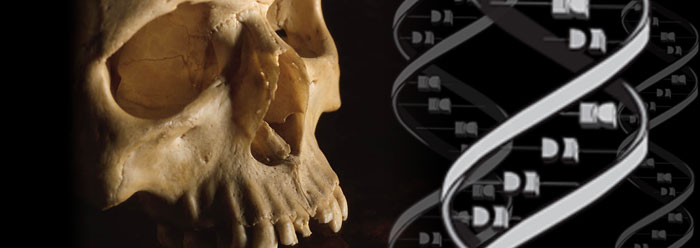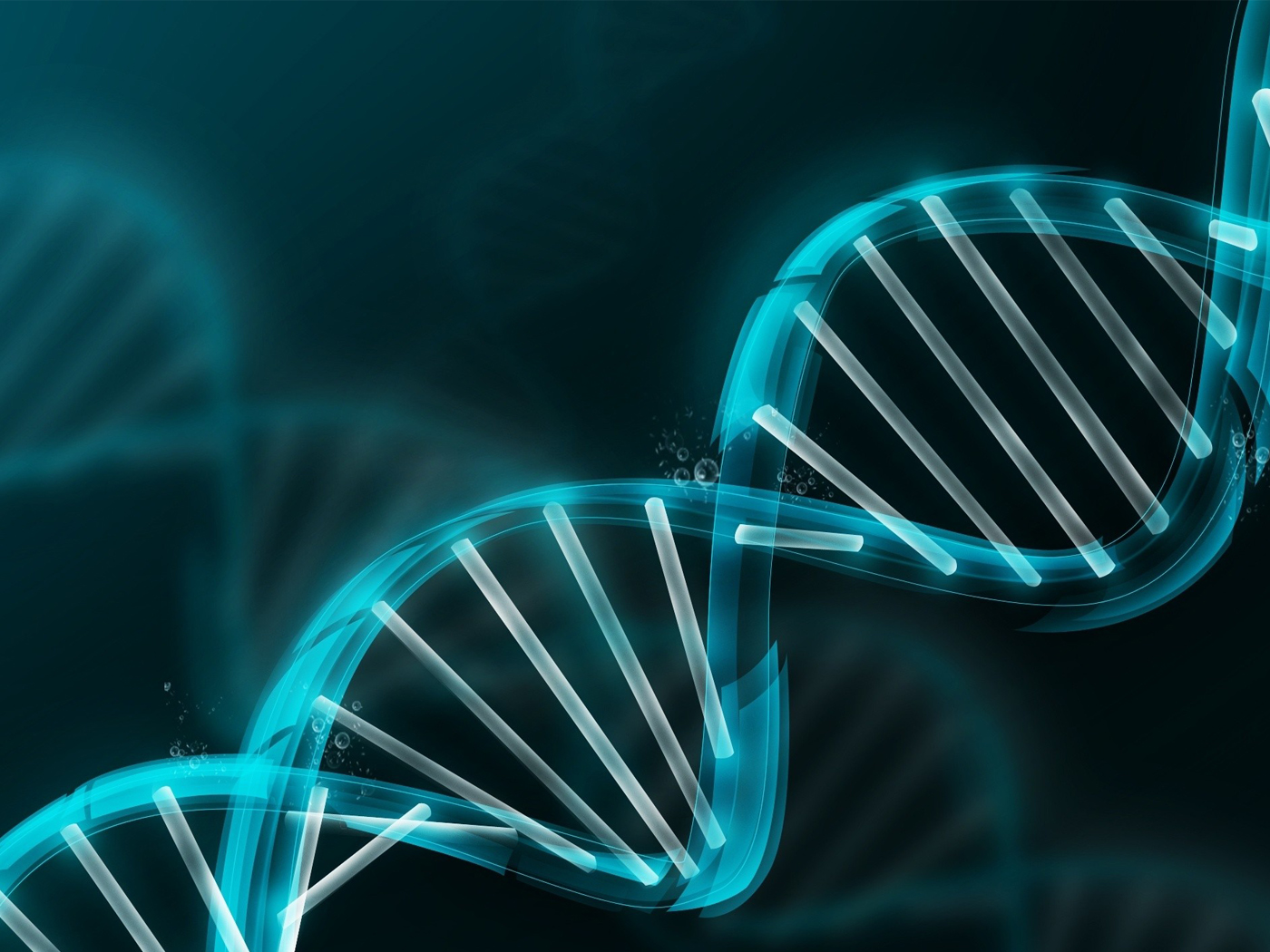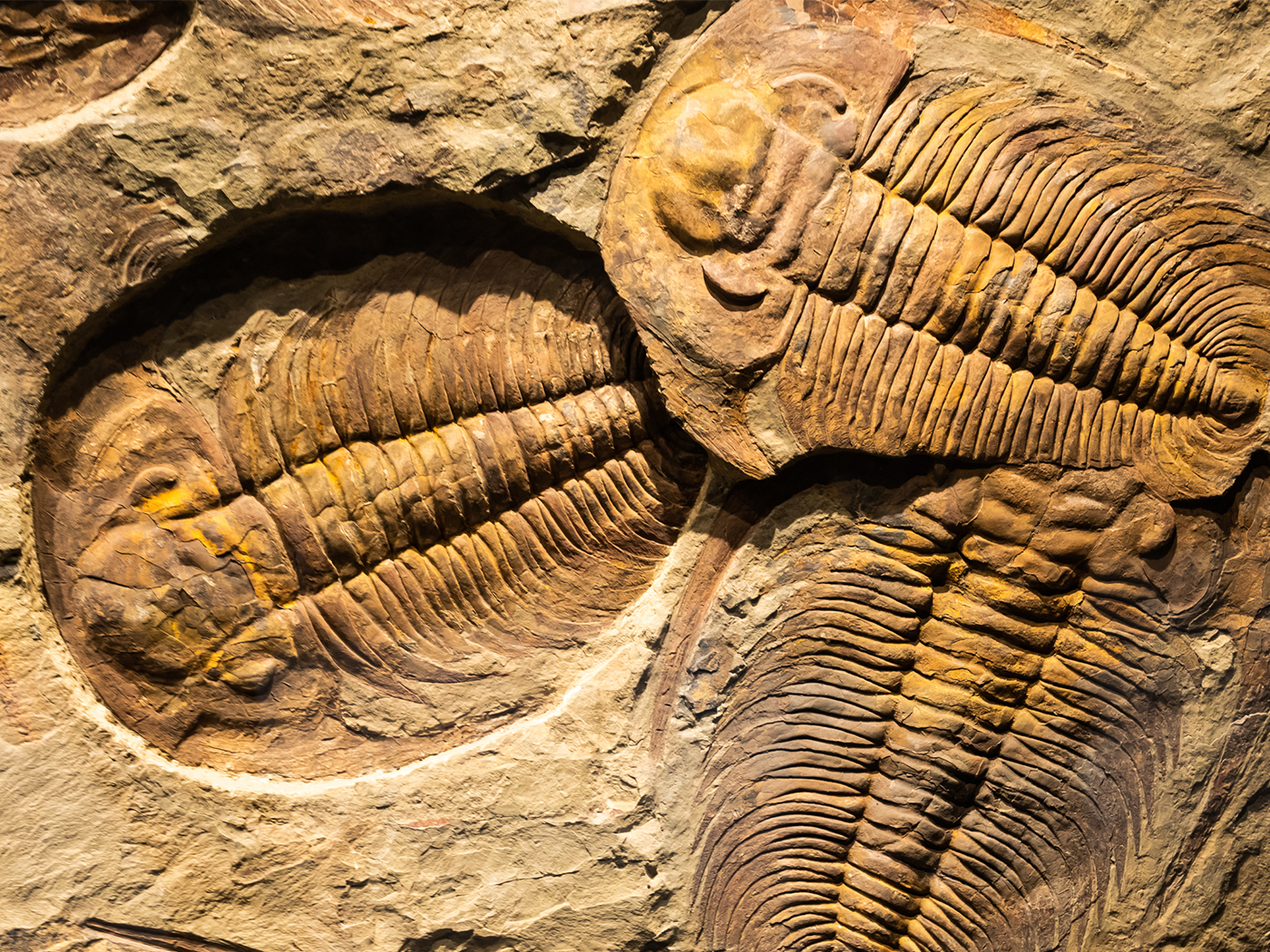U.S. News and World Report recently ran a story titled “What Will Human Beings Become?”1 It asked the question “How will humanity evolve?” and attempted to collate various phenomena that are considered to have bearing on the future of humanity’s genetic makeup. Interestingly, one of the supposed evolutionary trends that was included seems instead to point to a recent creation of humankind.2, 3
The story reported on the research that anthropologist John Hawks of the University of Wisconsin conducted involving “linkage disequilibrium” patterns in genes. This is the observation that genes that are found close to one another, like adjacent beads on a string, tend to stay close even after they have been copied and transmitted to the next generation. A process called “crossing over” that occurs during sex cell development serves to disperse or redistribute the linked genes over time. If crossing over has been occurring for hundreds of thousands of years, there should not be many linked genes—they should have been thoroughly shuffled throughout the “deck of cards” that is the human genome.
What did Hawks’ study find? Many, many genes are still linked together.4 Hawks found “that recent genetic changes account for about 7 percent of the human genome.”1 How recent is “recent”? According to the U.S. News report, human evolution was static for eons before suddenly jump-starting from 5,000 to 10,000 years ago. This may coincide with biblical history, which describes the dispersal of mankind over the earth after the Flood about 4,000 years ago.5
Hawks said that “linkage disequilibrium decays quickly as recombination occurs across many generations, so finding these uninterrupted [still linked] segments is strong evidence of recent adaptation.”6 The youthful appearance of our gene distribution fits well within a plainly understood biblical history. It is strong evidence that the eons of slow evolution that supposedly preceded the relatively recent gene-shuffling never actually happened.
References
- Shute, N. 2008. What Will Human Beings Become? U.S. News and World Report. 145 (3): 40-42.
- See Morris, H. 1984. Recent Creation Is a Vital Doctrine. Acts & Facts. 13 (6).
- See Vardiman, L. ICR GENE Project. ICR News. Posted on www.icr.org April 1, 2005, accessed July 31, 2008.
- Dunning, A.M. et al. 2000. The extent of linkage disequilibrium in four populations with distinct demographic histories. American Journal of Human Genetics. 67 (6): 1544–1554. Picturing DNA bases as playing cards, Dunning found evidence that of the 3 billion DNA bases in the human genome, groups of up to 500,000 are still intact, not having been shuffled. This indicates a very youthful humanity, perhaps having experienced a very severe population bottleneck several thousand years ago, just as the Bible describes.
- Nelson, C. 2004. Genetic Variability and Human History. Creation Technical Journal. 18 (3): 18-23.
- Mattmiller, B. Genome study places modern humans in the evolutionary fast lane. Posted on University of Wisconsin News online December 10, 2007, accessed July 31, 2008. John Hawk’s research was published in December 2007 in Proceedings of the National Academy of Sciences 104: 20753-20758.
Mr. Thomas is Science Writer.
Article posted on August 6, 2008.























